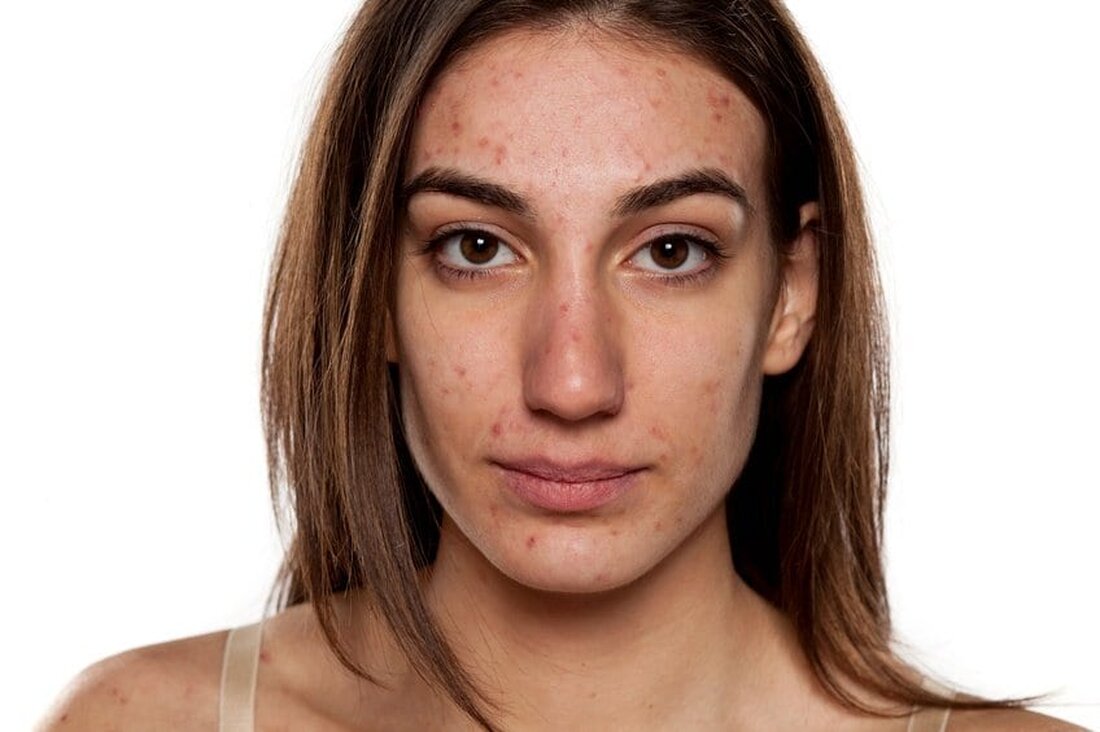History of Acne Treatment
In the United States, 80 percent of people suffer from acne between puberty and middle age. Although the condition is not life-threatening, it can cause embarrassment and emotional distress for those suffering. Let's take a closer look at the history of acne treatment and see where we are now in eliminating this unpleasant bump in the road that most of us face on the road to adulthood. History of Acne Treatment: The term acne comes from Greek and means skin rash. An herbal acne medication was prescribed in Greece. In ancient Rome, acne was...

History of Acne Treatment
In the United States, 80 percent of people suffer from acne between puberty and middle age. Although the condition is not life-threatening, it can cause embarrassment and emotional distress for those suffering. Let's take a closer look at the history of acne treatment and see where we are now in eliminating this unpleasant bump in the road that most of us face on the road to adulthood.
Acne Treatment History:
The term acne comes from Greek and means skin rash. An herbal acne medication was prescribed in Greece.
In ancient Rome, acne was treated with hot mineral baths. Roman doctors preferred medicines whose main ingredients came from animals.
One ingredient that both cultures agreed on was honey. Greeks and Romans agreed that acne was triggered by the onset of adolescence.
The ancient Egyptians used spells and charms on the pharaohs who suffered from acne.
3rd century
During this time, it was believed that pimples were caused by lying. Treatment of hard lesions was a soap remedy.
14th century
The recommendation was to avoid spicy foods and strong drinks. Respected authorities of the era recognized that the condition was sometimes made worse by a person's diet.
19th century
19th century dermatologists used sulfur to dry and exfoliate the skin when treating acne. The fathers of modern dermatology, William and Bateman, treated acne with topical remedies.
1920s – Benzoyl peroxide, which kills bacteria, became a popular remedy in the history of acne treatment.
1930s - Acne was often referred to as "chastity pimples" because people thought virgins were afflicted with acne because they were unable to remove toxins from their bodies. Laxatives and radiation were used for treatment.
1950s – Antibiotics became successful in treating acne after being discovered primarily due to the anti-inflammatory effects of tetracycline.
1960s - 'Retin A' was discovered to help fight acne.
1980s - 'Accutane' was introduced in the United States and later found to be responsible for birth defects when taken during pregnancy. Accutane is a form of vitamin A that reduces the amount of oil released by the skin's sebaceous glands and promotes skin rejuvenation, but should never be used during pregnancy.
1990s – Laser treatment was used to treat acne and rid the skin of new and old scars. Laser therapy is beneficial for people with nodular and cystic acne.
2000s blue/red light therapy developed along with laser therapy for acne treatment. It works by using a special blue light to prevent and cure acne. The light can be used on almost any part of the patient's body.
Future treatments
Scientists are testing a vaccine against inflammatory acne. The aim is to develop bacterial therapy in the future to overcome the problem of long-term antibiotic use, which builds up bacterial resistance.
Science has determined that acne is not caused by dirt. Scrubbing your skin too often can make things worse. Hormones are known to increase during puberty in both sexes and continue to fluctuate during menstruation, causing the sebaceous glands to become overactive. Genetics also play a role in whether a person suffers from acne.
As you can see, you are not alone with acne. Throughout the history of acne treatment, kings to pharaohs have faced this culprit and won. There is no need to despair with the great treatments. The key is to find the skin care that works best for you.
Inspired by Ray Blake

 Suche
Suche
 Mein Konto
Mein Konto
